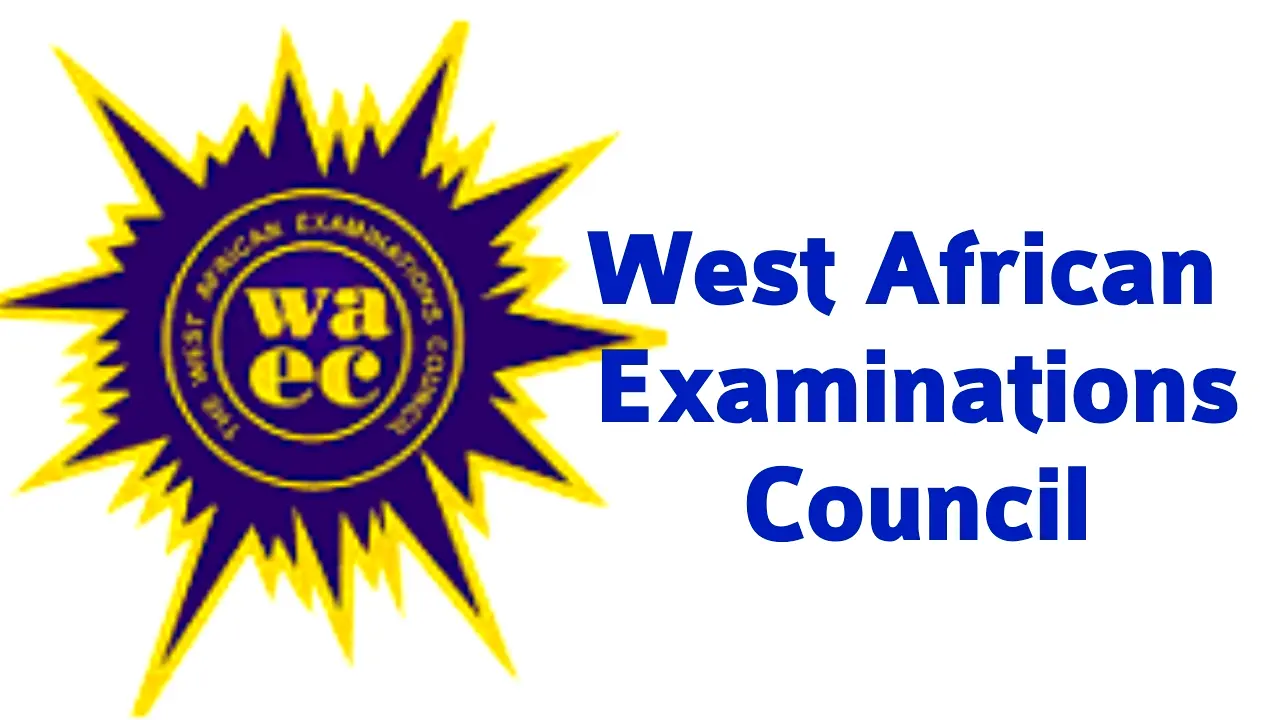The WAEC syllabus for Store Management is the topic you must study to sit for the examination. It contains the aims and objectives, notes and format for the Store Management exam.
Studying the Store Management subject is necessary for your exam preparation. It will serve as a guide for you to know the topics to read. There are also notes on concepts you should pay attention to learning.
Exam preparations without using the Store Management are like going to the farm without your agricultural tools. You will end up not being productive.
Ensure you begin your exam preparations using the syllabus.
This post contains the Store Management and recommended textbooks of the West African Examination Council (WAEC).
WAEC Store Management
1. PREAMBLE
The syllabus is designed to assess the candidates’ basic knowledge of store management, customer satisfaction and the understanding of entrepreneurial skills in managing a small or big store.
2. AIM AND OBJECTIVES
The examination therefore intends to test candidates’:
- understanding of the rudiments of running a store and entrepreneurial skill.
- understanding of the concepts of wholesaling and retailing, basic business documents and how to handle business finance.
- ability to relate concepts learnt to control stock, keep records and manage business risk.
3. SCHEME OF THE EXAMINATION
There will be two papers, Paper 1 and Paper 2 which will be combined in a composite paper and taken at one sitting.
PAPER 1: Will consist of fifty multiple-choice questions which will last for 1hour and carry 50 marks.
PAPER 2: Will consist of seven essay questions out of which candidates will be required to answer any five in 2 hours for 100 marks.
WAEC Store Management Syllabus
DETAILED SYLLABUS
| S/NO | TOPICS | NOTES |
| 1 | Introduction to Store Management | Store Management: (i) Meaning of store management; (ii) Importance of store management; (iii) Functions of a store manager; (iv) Characteristics of a store manager; (v) Customer services: – pre-sale services – after-sale services 1.2 Functions of Management: (i) Planning; (ii) Organization; (iii) Leading; (iv) Staffing; (v) Controlling. Factors to be considered in establishing a store – Market, Finance, types of stock, transport, accessibility, security, government regulation and personnel. |
| 2 | Concepts of retailing and wholesaling. | 2.1 Retailing: (i) Definition; (ii) Functions of a retailer; 2.2 Wholesaling: (i) Definition; (ii) Functions of a wholesaler; 2.3 Warehousing; – Meaning of warehousing – types of warehousing; – the importance of warehousing; 2.4 Transportation: definition; means of transportation; advantages and disadvantages of each means of transportation; factors that will determine the choice of transport. |
| 3. | Stock Control | 3.1 Introduction to Stock Control: (i) Meaning of stock control; (ii) Importance of stock control; (iii) Types of stock records-Stock list, Bin card/ Store Card, Store requisition form and Delivery notes. 3.2 Methods of Stock Control: (i) Manual method; – Periodic, perpetual and annual stocktaking. (ii) Computerized method; (iii) Levels of stock control; maximum level. minimum level. reorder level. (iv) Issuing of stock: FIFO and LIFO.3.3 Pricing: (i) Definition of pricing; (ii) Types of pricing; skimming mark-upmark-down penetration below or above mark pricing |
| 4. | Organizational policy | 4.1 Organizational Policy: (i) Definition; (ii) Employment policy; (iii) Decision; customer service public relations 4.2 Organizational Standards: (i) Definition of standards; (ii) Productivity standards; (iii) Standard for customer’s satisfaction. 4.3 Organizational Culture: (i) Definition of culture; (ii) Explanation of organizational culture; attitude to customers relationship with co-workers relationship with the Bossdress code |
| 5. | Business Communication | 5.1 Overview of Communication: (i) Definition of communication; (ii) Types of communication; oral, written and non-verbal. (iii) Business documents; letters, memos, reports and circulars. 5.2 Electronic Communication: (i) Definition of communication; (ii) Means of communication fax, telephone, email, radio messages. (iii) Word Processing – Using a computer to write a business letter. |
| 6. | Business Law | 6.1 Overview of Basic Business Law: – definition. 6.2 Law of contract: – elements of contract. – Rights and obligations of employer and employee. 6.3 Agency: (i) Definition; (ii) Types of agents; (iii) Creation of agency; Rights and obligations of principals/agents 6.4 Sale of Goods Act: (i) Contract of sale; (ii) Formalities of sale; 6.5 Government Regulation of Business: Meaning and uses of (i) Patent right; (ii) Copyright; (iii) Trademark.Health and Safety at Work Act.Consumer protection agency License 6.6 Government Regulatory Agencies: – NAFDAC, NDLEA, SON |
| Record Keeping | 7.1 Documentation: (i) Definition of filing and indexing; (ii) Rules of filing; (iii) Filing and indexing method. 7.2 Source document: (i) Meaning; (ii) Types.- Invoice, receipts, cheques, vouchers 7.3 Trade Documents: (i) Documents used in foreign trade; Bills of Lading, Certificate of Origin, Consular invoice, Insurance certificate, inspection certificate, Bill of Exchange, Indent, Letter of Credit, Proforma invoice (ii) Documents used in the home trade. Order, Enquiry, Waybill, Consignment note, Manifest, invoice, proforma invoice Receipts, Credit and Debit note, Vouchers | |
| 8 | Book Keeping | 8.1 Subsidiary Books. – Meaning, Types, Uses, Purchase and Sales daybook, Returns outwards/inwards books, Cash books. 8.2 Imprest System: (i) Definition and description of the imprest system; (ii) Preparation of petty cash book. 8.3 Final Accounts: (i) Definition and purpose; (ii) Simple Trading, Profit and Loss Account and Balance sheet. 8.4 Sales / Turnover: (i) Meaning; (ii) Calculation of rate of sales turnover. |
| 9 | Risk Management | Risk Management: Definition; Methods of risk management. Sound management practices Reduction of risks – optimum stock level Hedging Risk transfer through insurance |
| 10 | Handling Finances of the Store | 10.1 Investments: 10.1 Investments: Meaning (i) Capital Investment: – Meaning – investment in the capital market; functions of Stock Exchange; advantages of shareholding. Money market instruments: Meaning treasury bill; commercial papers; bonds, 10.2 Taxation: (i) Meaning of tax; (ii) Importance of tax; Types of tax.Income tax, Import duties, excise duties, VAT |
